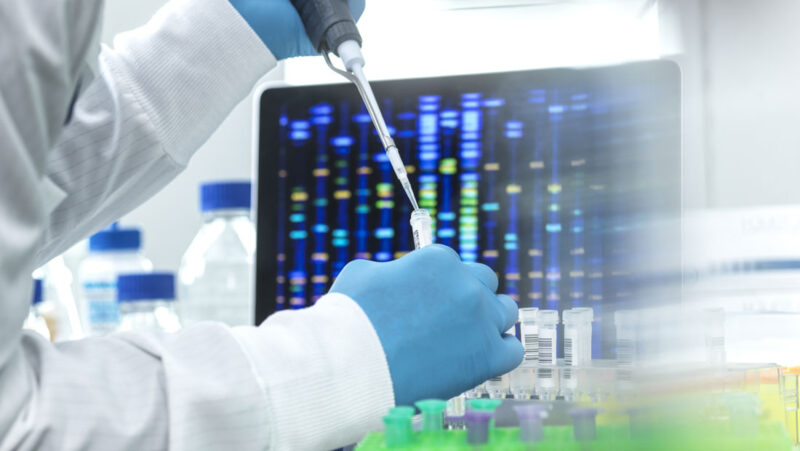In the UK about 2500 babies per year are born to women with epilepsy (0.3-0.5 percent of all births). During pregnancy approximately one fifth of women experience a deterioration of seizure control and one fifth improve. Babies born to women with epilepsy have a greater risk of major congenital malformation than the general population (2.8 percent compared with 1-2 percent), and in those taking anti-epileptic drugs (AEDs) the risk is doubled (4-9 percent).
Epilepsy can present as generalized (for example, tonic-clonic, absences) or focal seizures. In two thirds of people with epilepsy, seizures can be effectively controlled using one or two drugs. The remaining third may never achieve seizure-freedom and are designated drug-resistant, or refractory.
Whilst focal or absence seizures are unlikely to pose additional risks, a tonic-clonic seizure during pregnancy poses potential health risks, for the woman and for the baby. The risks to the baby include impaired foetal development, hypoxia, lactic acidosis, bradycardia, intracranial haemorrhage, and poor cognitive performance in childhood.
Abdominal trauma can result in ruptured foetal membranes with the attendant risks of infection or premature labour. Status epilepticusmay trigger intra-uterine death.
Ultimately, the safest policy for both mother and baby is for the mother to take medication and be seizure-free
Effects of seizures on maternal health include injury from accidents or falls, and death from drowning or Sudden Unexpected Death in Epilepsy (SUDEP). The cause of SUDEP is unknown but is thought to result from alterations in cardiac or respiratory function induced by a tonic-clonic seizure during sleep. To reduce these risks it is recommended that people with epilepsy take showers rather than baths, and avoid swimming or sleeping alone.
Ideally women should be referred to a neurologist a year before pregnancy because major congenital malformations occur during the first trimester, often before a woman is aware she is pregnant. This allows time to re-assess the diagnosis, discuss the risks and harms of treatment, and optimize the AED regimen. Any changes to AEDs should be made prior to conception.
All AEDs are likely to be teratogenic, but exposure to valproate poses the greatest risk in terms of neural tube defects and neurodevelopment disability, as highlighted by a recent MHRA alert. It should be avoided unless there are no effective alternatives. Women taking it should be informed of the risks.
As pregnancy progresses some drugs such as lamotrigine, phenytoin, phenobarbital and topiramate, may need gradual dose increases to counteract the increased volume of distribution and metabolism.
As always, to avoid destabilizing seizure control, it is important to ensure that patients taking phenytoin, primidone, phenobarbital and carbamazepine are maintained on their same brand. To a lesser extent this also applies to those treated with valproate, lamotrigine, perampanel, topiramate, oxcarbazepine, eslicarbazepine or zonisamide.
Ultimately, the safest policy, for both mother and baby, is for the mother to take medication and be seizure-free.
Further guidance:
Royal College of Obstetricians and Gynaecologists. Epilepsy in Pregnancy Green-top Guideline No. 68, June 2016
MHRA resources for patients and health care professionals on valproate




